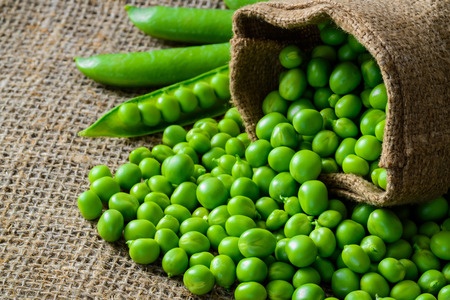
What Do We Know About Pea Flavour
Flavour in legumes is highly subjective but it is fair to say that most of the volatile compounds in peas (Pisum sativum) as in any […]

Flavour in legumes is highly subjective but it is fair to say that most of the volatile compounds in peas (Pisum sativum) as in any […]
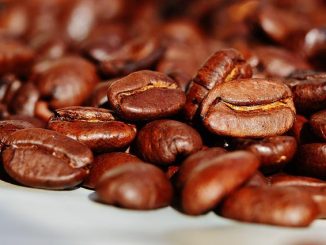
Coffee beans are full of caffeine but not everyone wants this particular bioactive in their brew. It is linked to a number of health issues […]
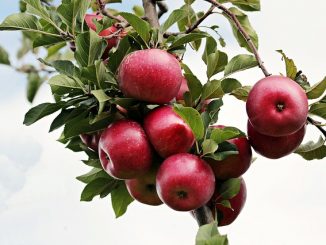
One of the wasted by-products from fruit processing is the pomace. This fruit pomace is made up of the skins, seeds and other small pieces […]
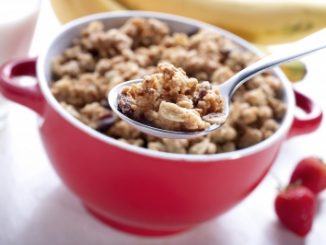
Dietary fibre is one of the most important nutritional features of food. Its importance has risen over the years for a number of reasons:- Disorders […]

Bitterness is one of those taste sensations which can either make a food seem highly sophisticated or so repulsive in flavour it is uneatable. This […]

Solid-Phase Microextraction or SPME is a sampling technique designed to absorb molecules prior to analysis by techniques such as gas chromatography or high performance liquid […]

The saponins are compounds found in plants which are defined as either surface-active triterpene glycosides or as steroid glycosides in nature. In some cases they […]
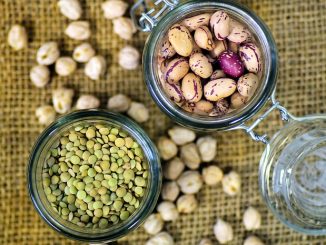
Lipoxygenases (linoleate:oxygen oxidoreductase, EC 1.13.11.12) are found throughout animal and plant species. They are most abundant in grain legume seeds and potato tubers but they […]

A compound that sometimes gets mentioned in the same breath as theobromine and caffeine is theophylline. It is chemically known as 1,3-dimethylxanthine and is a […]

Encapsulation for the food and pharmaceutical industries has been with us for many years – new immobilization methods, new carrier materials and different methods for […]

The red pepper known as paprika (Capsicum annuum L.) is a very colourful vegetable which rivals the tomato for vividness and hue in its red colour. […]

Du Zhong (Eucommia ulmoides Oliver) is an important medicinal plant found in China. It is the only member of the genus Eucommia and is found […]
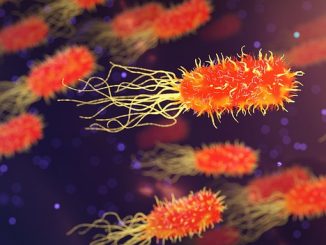
In microbiology, even in food microbiology it is important to know the differences between certain classes of microorganisms. One important grouping concerns the prokaryotes which […]

Common chicory (Cichorium intybus L.) is herbaceous plant belonging to the Asteraceae family. It has spread all over the world and is especially common in temperate […]

Trichosporon oleaginosus (used to be called Candida curvata) is an oleaginous yeast known for its robust ability to produce and accumulate lipids. This yeast species […]

Translation is the process by which messenger RNA (mRNA) is decoded to synthesize proteins. It occurs in the ribosomes, which are complex cellular structures responsible […]

Cytokines are cell signaling molecules that help with cell to cell communication in immune responses. They stimulate the movement of cells towards sites of inflammation, […]

Hamster melanoma cells, specifically cells derived from the Syrian hamster (Mesocricetus auratus), have been employed in various applications within the field of biotechnology. Here are […]

Beany notes and green off-flavours are a major turn-off for many who want to adopt a more vegetarian diet. Pulses (legumes), especially peas and beans […]

Cabernet Sauvignon, often referred to as the “king of red wines,” is one of the most renowned and widely planted grape varieties in the world. […]
Copyright © 2024 | WordPress Theme by MH Themes